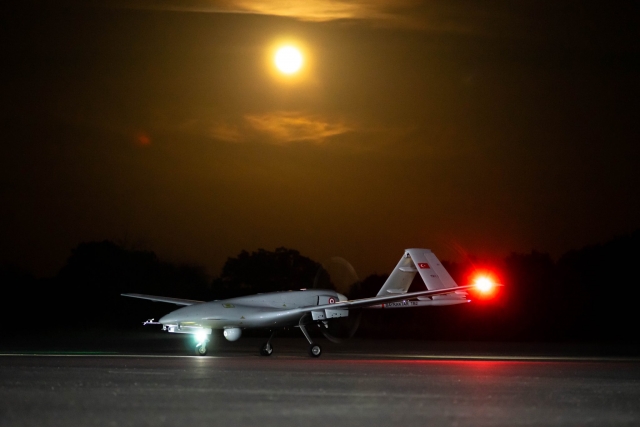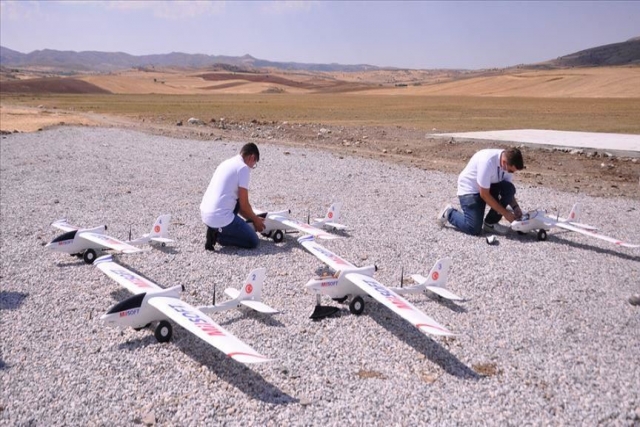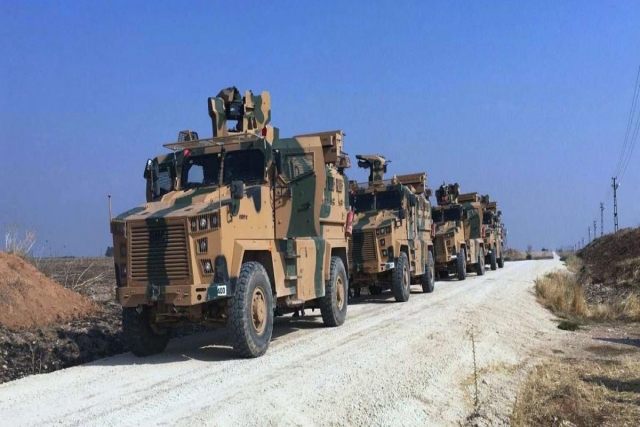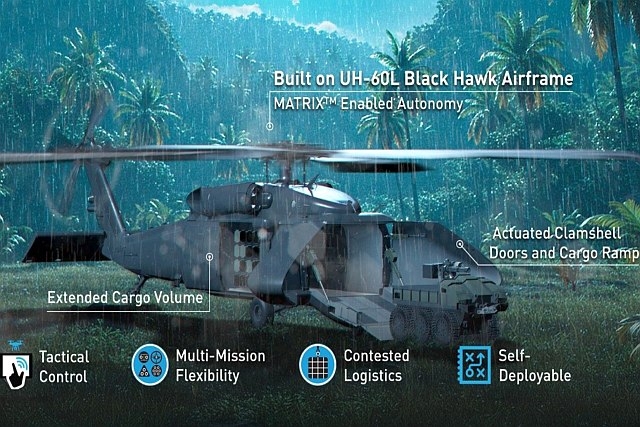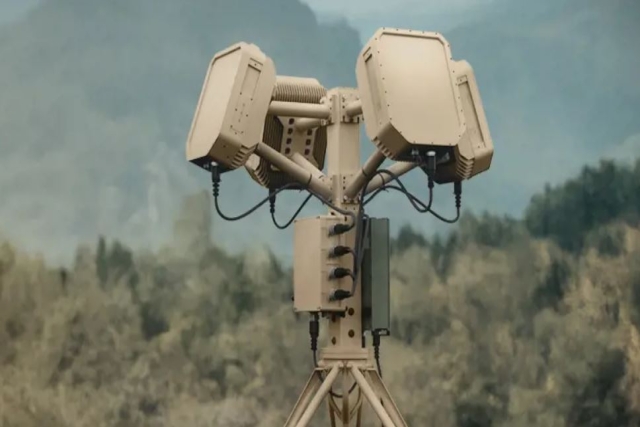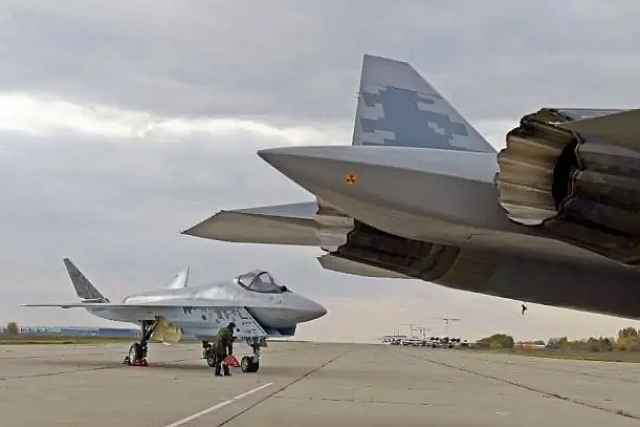Turkey to export Anka Combat Drones to Tunisia
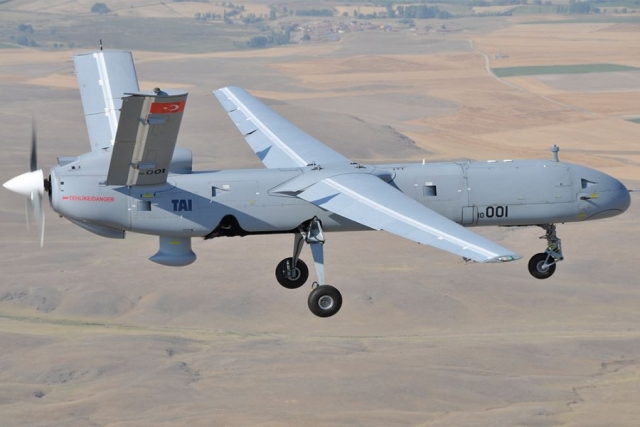
Tunisia is set to receive three Anka (Phoenix) combat drones from Turkish Aerospace Industries (TAI) under an $80 million agreement signed recently.
The deal was finalized after two-year negotiations that includes value of the contract and training process. It includes supply of three each of Anka drones and ground control systems to the Tunisian Air Force, as well as training of 52 pilots and maintenance personnel, Turkish media reported Sunday.
Turkey’s Turk Eximbank will reportedly finance the first unmanned system.
According to earlier reports, Tunisia was eyeing at Anka-S medium-altitude, long-endurance (MALE), the first drone developed for the Turkish military.
Tunisia has also purchased Turkish BMC Multi-Purpose Armored Vehicles (MPAVs) this year.
Anka MALE UAV
TAI Anka first entered the Turkish military's inventory in 2016 following the successful testing of a prototype in 2013.
The drone can conduct a range of missions such as real-time intelligence, surveillance and reconnaissance; communication relay; target acquisition; and tracking.
Anka’s composite structure integrates a locally developed, fully autonomous flight control computer to provide autonomous waypoint navigation and flight control. The autonomous system also enables the UAV to automatically return to the predefined location in the event of loss of communication with the ground control station.
The synthetic aperture radar (SAR), an inverse SAR (ISAR) and a ground moving target indicator radar onboard the UAV are used to detect, identify and track stationary or moving ground targets.
The Anka-S variant is fitted with a modified radome structure incorporating a high-power Viasat VR-18C airborne satellite communications antenna, which provides secure, high-speed, beyond line-of-sight communications.
With a payload capacity of 200 kilograms, the Anka-S platform can carry a range of mission-specific payloads.
The Anka-S has two underwing weapon stations, which can carry weapons such as the Roketsan Smart Micro Munition’s air-launched missile launcher and the Cirit 2.75-inch guided rocket pod to engage light-armored vehicles, personnel, military shelters and ground radar stations.
